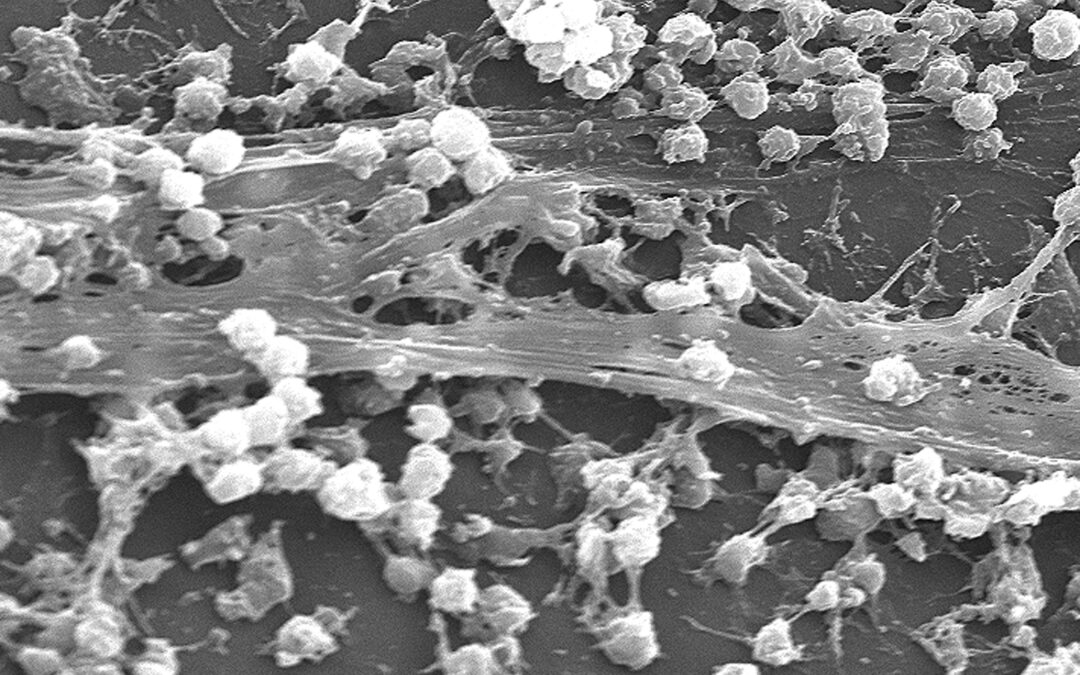Recently I’ve been recording my thoughts and efforts during my first hospital build. Between design, function, space, and diagnostics I’m constantly reminded about the amount of cleaning and sterilization that needs daily persistence. I might be a little neurotic because of how often I’ve been reminded (me reminding me) on how to keep things clean but that’s a topic for a different kind of medicine man. But, how does one seed the perfect microbiome indoors?
Most of us doctors were grilled and tested in school about the difference between cleaned and sterilized. That difference mainly being the amount of living or dead material left behind on any affected surfaces. I can’t remember outside of microbiology anyone ever making a big deal of that nasty streaky surface on everything cleaned and sterilized that we call biofilm. You know that stuff that’s been there forever and is the culmination of toxins and thousands of unknown dead generations and eventually food for the next thousand.
According to Wikipedia, “A biofilm comprises any syntrophic consortium of microorganisms in which cells stick to each other and often also to a surface. These adherent cells become embedded within a slimy extracellular matrix that is composed of extracellular polymeric substances (EPSs). The cells within the biofilm produce the EPS components, which are typically a polymeric conglomeration of extracellular polysaccharides, proteins, lipids, and DNA. Because they have three-dimensional structures and represent a community lifestyle for microorganisms, they have been metaphorically described as “cities for microbes.”
Biofilm is the product of organic metabolism, metabolic waste, and biological relationships between over a trillion species on this planet. When you task your mind with the miracle of any one bacteria’s life and death and the millions of daily subsequent chemical reactions, it makes you wonder how many of those chemicals and reactions actually stop reacting when the organism is pronounced dead? For example; some of the surface proteins exhibit variable strengths of bonds that may as well be comparable to super glue. We still don’t know how long bacterial endotoxins and exotoxins affect the living after they’re dead. Not to mention those enzymes that can melt metals, proteins, and lipids. It’s been documented that the residual DNA has helped future organisms or even different species overcome metabolic problems. Then there is the leftover metabolic material like adenosine triphosphate (ATP) which is not only a major life and energy component but can be directly measured in any biofilm.
It turns out that NASA spent time defining and inventing a way to measure the amount of ATP in biofilms with a luminometer and even standardized the process for all healthcare and biological service communities. Obviously, the need to measure and reduce biofilm in healthcare is not only important but helps the monitoring of facilities for those possibly toxic environments.
It’s remarkable how the entire healthcare industry is based on the health of the patient’s microbiome and yet we are still struggling to clear away the deleterious effects of the last set of organisms and their possibly toxic biofilm. I don’t have all the answers but I do know that the dead will always feed the living. So on a basic microscopic level or scale, I need to conquer that biofilm if I’m going to create and maintain a healthier microbiome.
So, I ask again, how does one seed the perfect microbiome indoors? The answer – ZBioVet Probiotic Cleaner. Not only has Z-BioVet mastered the biofilm meltdown with natural products but it can help you decrease and eliminate those biofilms. Z BioVet products are generally regarded as safe by the FDA. Their line of products is varied and not only decreases biofilm with several specialized products, but it can seed your hospital or your home’s microbiome and maintain its health for days after you’ve applied it. This is why I’ve settled on ZBioVet probiotics for cleaning down to the microscopic levels in the hospital I’m building. And, after over 20 years of fighting bacteria and biofilm, it’s good to know I have a worthy tool in Z-BioVet probiotic cleaner.
James CritterDr Askew DVM has been practicing veterinary medicine for more than 20 years with patients all over the country but calls the Mississippi Gulf Coast his home. His staff and clients know that laughter is the best medicine and something all species respond to. There is no creature too great or too small that can’t benefit from his love of life.


Recent Comments